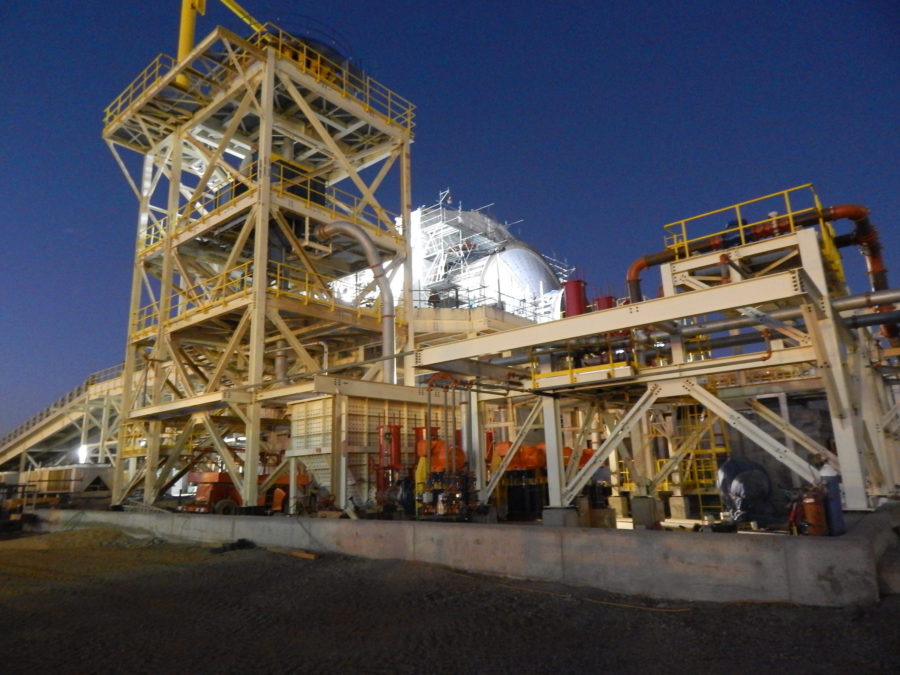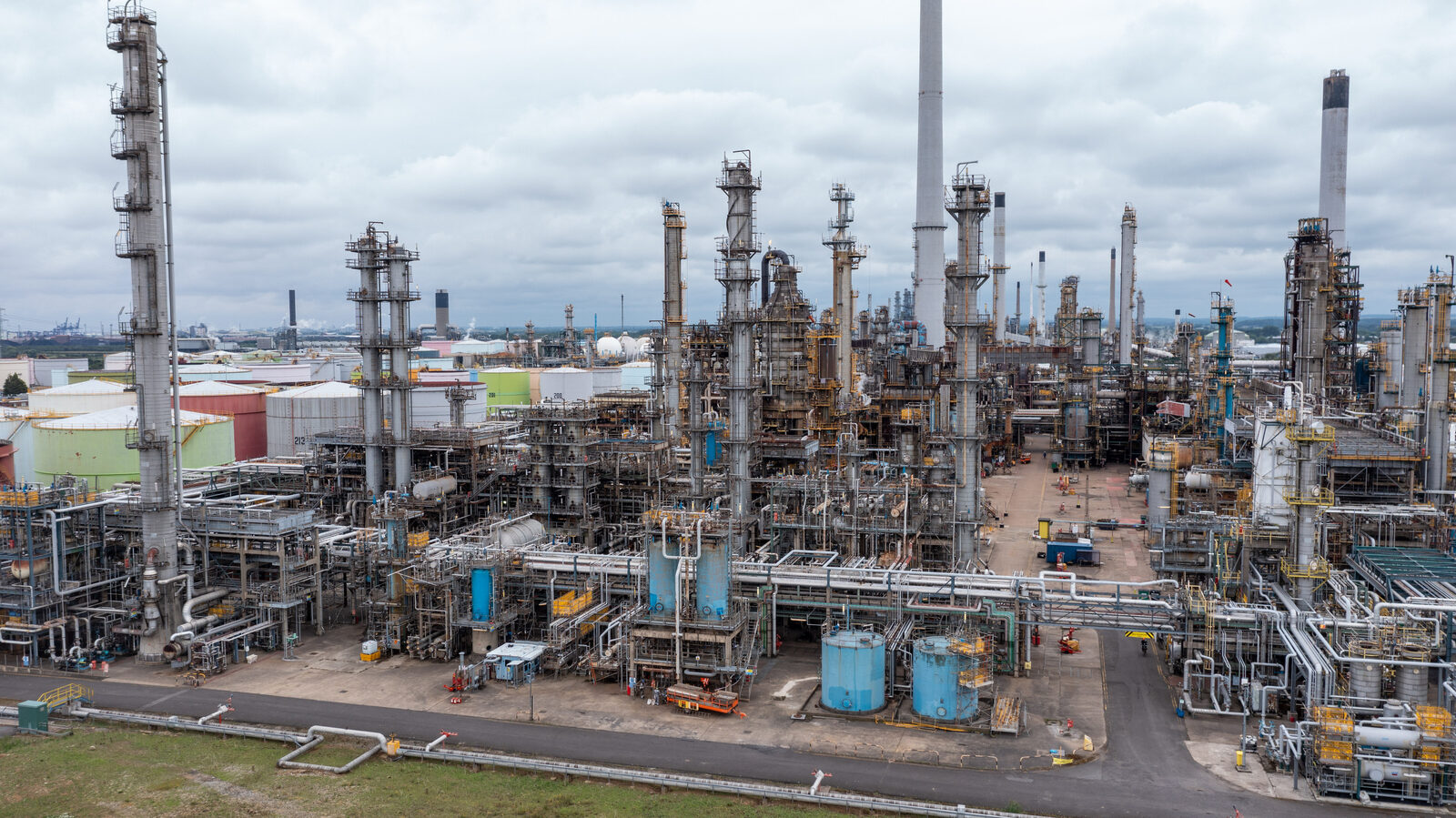Fire at Kinross Gold’s Tasiast mine suspends milling operations

A June 15th fire at Kinross Gold’s (TSX: K; NYSE: KGC) Tasiast mine in Mauritania has shut down the mill while investigating its cause is underway.
The Toronto-headquartered miner reported no injuries as a result of the incident. Management is said to be cooperating with government authorities to investigate the cause of the fire.
Kinross is assessing the damage and potential impact on the operation and plans to provide a further update once an assessment is complete. The mine plays a fundamental role in the company’s medium-term growth plans.
Kinross is assessing the damage and potential impact on the operation and plans to provide a further update once an assessment is complete
In its most recent public disclosures, Kinross said the Tasiast 24k project remained on budget and on schedule to increase throughput capacity to 21,000 tonnes per day by the end of 2021 and then to 24,000 tonnes per day by mid-2023.
The first phase of the project is 80% complete. Power plant construction is now 80% complete, with commissioning expected to start soon. The new leach tank has been assembled, and the thickener is now mechanically complete.
During the March quarter Kinross said despite a 14% year-on-year drop in output to 88,964 oz. gold, the operation performed to plan, with the site achieving record quarterly mill throughput rates and shift rotations returning to pre-pandemic schedules in March. The mine produced 406,509 oz. gold in 2020.
The lower production and associated higher sales cost were mainly due to lower mill head grades, which was expected as the mine processed more stockpile ore, which was primarily offset by the record mill throughput.
Kinross has not always had a happy story with the mine it acquired through the blockbuster $7.1 billion acquisition of Australia’s Red Back Mining in 2010. The mine had initially failed to live up to expectations. The gold price meltdown that ensued for most of the past decade had prompted Kinross to book at least $6 billion in cumulative write-downs on the project.
The mine had subsequently been subject to continuous improvement initiatives, culminating in the Tasiast 24k redevelopment project.
Before the incident, Kinross was said to be on track to meet its 2021 production guidance of 2.4 million gold equivalent oz. gold
Before the incident, Kinross was said to be on track to meet its 2021 production guidance of 2.4 million gold equivalent oz. Production was forecast to rise sequentially, driven by expected higher production at Paracatu, in Brazil, and expected higher production in the fourth quarter at Tasiast.
In 2022 and 2023, in line with the three-year guidance the company provided in October 2020, annual production is expected to increase to about 2.7 million gold equivalent oz and 2.9 million gold equivalent oz, respectively.
The company also expects to produce an average of 2.5 million gold equivalent oz. per year through the end of the decade.
{{ commodity.name }}
{{ post.title }}
{{ post.date }}

Comments